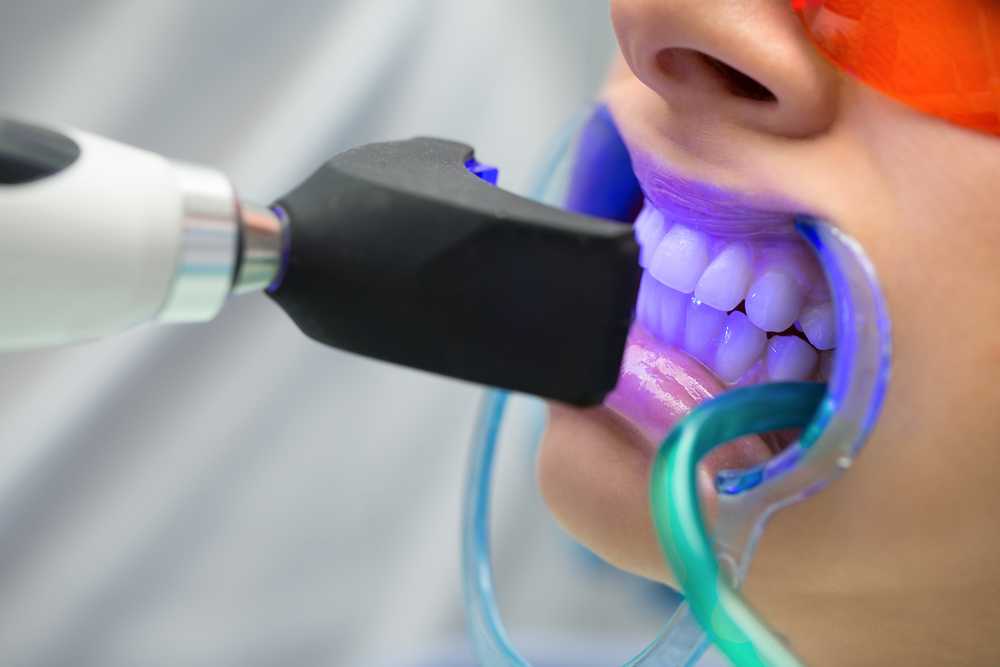Understanding Top Rated Prescription Applications
What Are Top Rated Prescription Applications?
Top rated prescription applications are digital tools designed to streamline the medication management process for both patients and healthcare providers. These applications serve various functions, including facilitating prescription refills, managing medication schedules, providing access to drug information, and enhancing telehealth services. Utilizing advanced technology, these apps aim to enhance patient care, improve adherence to medication regimens, and minimize errors in prescribing and dispensing medications. They cater to the evolving landscape of healthcare, where convenience, accessibility, and efficiency are increasingly paramount.
The Importance of Prescription Applications in Healthcare
In today’s digital age, the significance of prescription applications cannot be overstated. They not only empower patients by giving them greater control over their health but also support providers in delivering more efficient care. With features such as automated refills and medication reminders, these applications increase adherence rates, contributing to better health outcomes. Furthermore, the integration of telehealth functionalities facilitates remote consultations and follow-ups, showcasing the application’s role in bridging gaps in traditional healthcare practices. For more insights into the transformative potential of top rated prescription applications, one can explore various case studies and data demonstrating their impact on patient engagement and health management.
Latest Trends in Prescription Mobile Technology
The field of healthcare technology is continuously evolving, and prescription applications are at the forefront of these advancements. Some of the latest trends include:
- Artificial Intelligence (AI) Integration: AI-powered applications can analyze patient data to offer personalized medication recommendations and predict adherence challenges.
- Wearable Tech Integration: Many prescription apps now sync with wearable devices to monitor patient health metrics in real-time, providing a holistic view of patient care.
- Telehealth Capabilities: As telehealth becomes more prevalent, prescription applications are incorporating video consultations and secure messaging features, facilitating easier communication between patients and healthcare providers.
- Blockchain Technology: Some applications are starting to leverage blockchain for enhanced security and transparency in prescription handling.
Key Features of Top Rated Prescription Applications
User-Friendly Interfaces for Patients
A significant aspect of any application’s success lies in its usability. Top rated prescription applications prioritize user-friendly interfaces that ensure patients can easily navigate the platform. Features may include intuitive dashboards, visual aids for medication schedules, and straightforward navigation pathways that cater to users of all ages, particularly the elderly demographic who may not be as tech-savvy.
Integration with Healthcare Systems
Effective prescription applications seamlessly integrate with existing healthcare systems, including electronic health records (EHRs) and pharmacy management systems. This interoperability is crucial as it allows for real-time updates on prescription status, ensuring both patients and providers have the latest information at their fingertips. Integration aids in reducing errors and streamlining communication between the various stakeholders in the healthcare system.
Security and Privacy Considerations
As digital health records and prescription management increasingly move to the cloud, patients and developers must prioritize security and privacy. Top rated prescription applications implement robust security measures, such as end-to-end encryption, regular audits, and compliance with regulations such as HIPAA. Understanding patient data preferences and managing consent effectively increases trust and encourages usage.
Evaluating the Effectiveness of Top Rated Prescription Applications
Metrics for Success
To assess the effectiveness of prescription applications, several metrics can be examined, including:
- Adherence Rates: Monitoring prescription refills and medication adherence statistics can provide insights into application impact.
- User Engagement: The frequency of app usage, session duration, and interaction levels can indicate how well the application resonates with its user base.
- Patient Satisfaction Surveys: Feedback from users can highlight strengths and areas for improvement, assisting developers in iterating on features.
Patient Feedback and Ratings
Patient feedback is invaluable in the healthcare industry. Many applications incorporate rating systems where users can review their experiences, providing insights into the application’s performance. Regularly analyzing this qualitative data can help developers prioritize feature enhancements and address user pain points, ensuring continual improvement and customer satisfaction.
Case Studies and Best Practices
Learning from successful case studies provides a framework for best practices in the development and implementation of prescription applications. For instance, one application may have successfully increased adherence rates by incorporating gamification elements, motivating users to stay on track with their medications. By sharing such success stories within the industry, developers can inspire innovation and collaboration, learning from both successes and failures to better serve patients.
Challenges in Implementing Top Rated Prescription Applications
Technical Barriers for Healthcare Providers
Despite the clear benefits, healthcare providers often face technical barriers when integrating new applications into their workflows. Issues may arise from lack of compatibility with existing systems, inadequate infrastructure to support new technology, or insufficient training for staff. Overcoming these barriers requires a deliberate approach that focuses on building technical capacity and providing ongoing support for users.
Patient Adoption Issues
While applications can significantly enhance patient care, there may be challenges related to patient adoption. Factors such as age, technological proficiency, and concerns about data privacy can affect user uptake. It is essential to engage patients during the development phase to address their needs and concerns, including creating training resources that enhance confidence in using the application.
Regulatory Compliance Requirements
Healthcare applications must navigate a complex array of regulatory compliance requirements. Failing to comply with laws such as HIPAA can result in significant legal repercussions. Developers must be well-versed in the regulations applicable to their applications and ensure ongoing compliance through regular audits and updates to their systems.
The Future of Top Rated Prescription Applications
Innovative Features on the Horizon
The future of prescription applications holds an array of innovative features designed to enhance user experience and improve healthcare delivery. Potential advancements may include:
- Personalized Medicine: Future applications may leverage genetic information to develop tailored medication plans that optimize patient outcomes.
- Augmented Reality (AR): Innovations may allow patients to visualize their medications and understand their usage better through AR interfaces.
- Telepharmacy Services: Enhanced telepharmacy capabilities can expand access to pharmaceuticals, particularly in underserved areas.
The Role of AI and Machine Learning
As AI and machine learning technologies continue to mature, their application in prescription apps will enable more precise medication adherence tracking and streamlined services. These technologies can analyze patterns in patient behavior, predict adherence challenges, and offer timely interventions to support better health outcomes.
Predicted Market Growth and Opportunities
The market for prescription applications is projected to experience robust growth as consumers increasingly adopt mobile health tools. Providers are likely to seek enhanced solutions aimed at improving care delivery, creating ample opportunities for innovation within the sector. Businesses focusing on user experience, security, and integration capabilities are well-positioned to thrive in this expanding marketplace.



